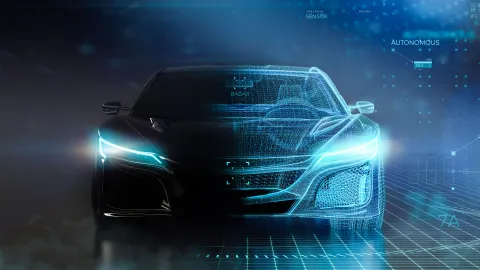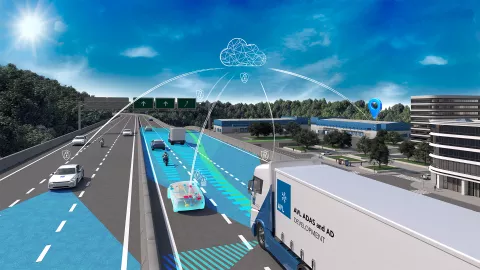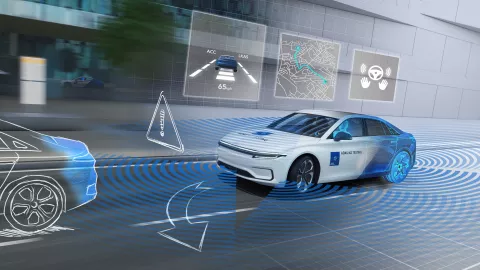
Automotive cybersecurity legislation establishes a set of requirements, practices, and principles to protect connected vehicles from misuse by malicious hackers. Binding standards such as ISO 21434 ensure that evolving mobility technologies meet the requirements for rigorous functional integrity and safety. AVL supports compliance with these standards and continually keeps up to date with regulatory requirements.
The focus is clear: It’s not just about reacting to potential risks, but about building agile cyber resilience across the entire lifecycle of a vehicle. There will probably always be attackers – but effective and highly resilient cyber security will reduce the chance of these nightmares occurring.
Cybersecurity Risk Analysis
In the system requirement phase this analysis serves as basis for the whole development process and should therefore be performed at the very beginning of a project as it influences also hardware design and software development.
Architecture and Concept Development
Based on high-level security objectives out of TARA we carry out the development of secure-by-design architecture and allocation of security requirements to the components.
Cybersecurity Implementation
It consists of secure software implementation, secure hardware design and secure operating systems and their configurations with respect to valid security-oriented technical standards.
Cybersecurity Verification and Validation
Vulnerability scan and assessment, functional security testing and penetration testing are measures for verification and validation in order to proof the compliance of the technical solution.
Continuous System Care
This describes the Security Live Cycle Management by AVL. It monitors the used security mechanisms, hardware and implementations from development until decommissioning and provides solutions and fixes if new vulnerabilities occur.
Automotive Cybersecurity Portfolio - Application Sheet
Secure and Compliant From Design to Post-Production










